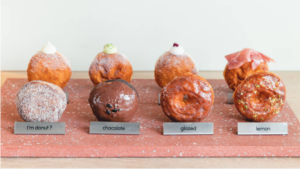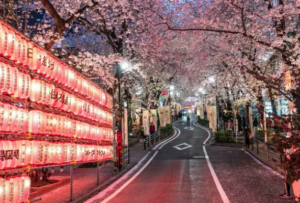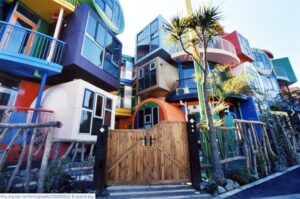Best spots to buy bread in Tokyo
Many expats in Tokyo constantly complain that there is no decent bread in Tokyo. They claim that the only bread you can find here is a cheap fluffy sweet white bread from a convenience store. And this is the biggest lie! First of all, even this so-called 食パン (shokupan) is not bad at all, it is just different from the western types of bread. But besides that, there is plenty of bread options in Tokyo, from all over the world. In this article, you will find recommendations for the best spots to buy bread in Tokyo, where you can get French, Italian, Finnish, and other types of bread.
Viron
Viron is not the first but definitely one of the most famous and popular french boulangeries in Tokyo. This shop has two branches, one in Shibuya and one in Marunouchi. Freshly baked bread, sandwiches, and pastries make it place so popular, that to get there for the breakfast is almost “mission impossible” but totally worth it. Highly recommend trying this place.
Levain Bakery
Levain Bakery was one the first bakeries to use wild-yeast to make their bread. It is owned by a lovely couple who make their bread with healthy and organic ingredients on a site. Their bread is worth every yen you pay for it.
Vaner
Vaner is a craft bakery located in Yanaka. The owner learned the art of baking in Oslo, and now the shop focuses on Norwegian-style sourdough bread. Along with the bread, you can find here traditional sourdough cinnamon rolls, cardamon rolls, and croissants.
Linde Kichijōji
Princi
Ozo Bagel
If you like New York-style bagels, you are going to love Ozo Bagel. It is flavorful, and it has a great aroma and a great texture. It is big and very satisfactory. Along with the classics, a few original flavors and sandwiches are also available.
Poko Bagel Cafe
Besides the specialty shops and bakeries, these days you can find foreigner-style bread even at the supermarkets. At Nissin and National Azabu, you will find Russian Borodinsky bread. At Gyomu super you will find Taiwanese bread, Indian bread, and other Asian dough products. Seijoishii and Kaldi sell European and Scandinavian bread. (More about these supermarkets, see in our other article.)
After reading this article you cannot complain that there is no good bread in Japan. There is actually too much of it. Now you need to find time to try them all.
P.S…
Fun Fact: You would probably expect that young people buy more bread here in Japan. But it is actually the opposite. The biggest consumers are people in their 70’s. That is because right after the war there was a shortage of rice, and Japan got a supply of wheat from the states. The kids were eating sandwiches at school as their lunch and got used to it (and now those kids are in their 70’s).
Fun Fact 2: People buy more bread in Kansai region. Tokyo is not even in the top 10 bread-consuming cities. Why? Firstly, because in the begging many foreigners were settling in Kobe and brought the bread culture there first. Secondly, because in Kanto it was common to cook rice at lunchtime and then to eat the leftovers in the mornings. While in Kansai, they used to cook the rice in the morning. Thus, instead of cooking rice, they adopted the culture of having bread for breakfast.






